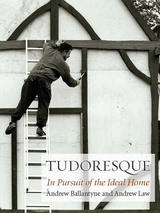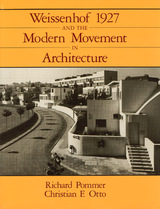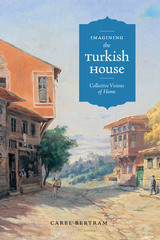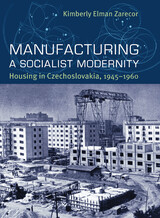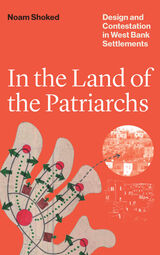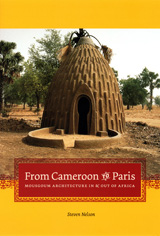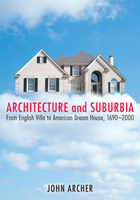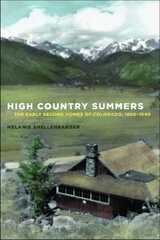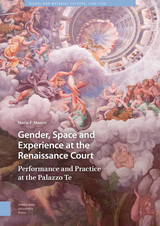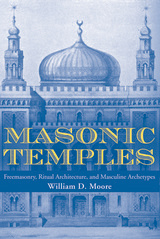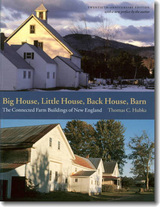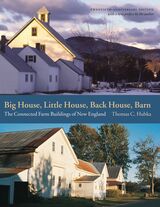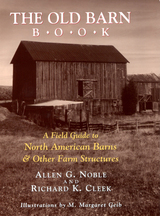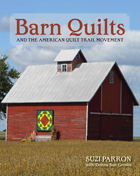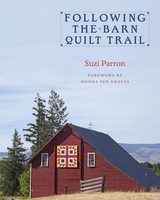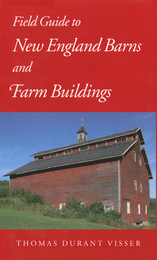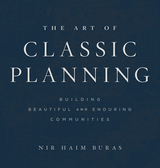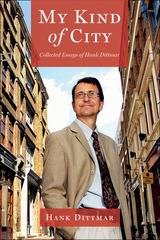The Building of Castle Howard
University of Chicago Press, 1990
Cloth: 978-0-226-76403-0
Library of Congress Classification NA7625.C26S28 1990
Dewey Decimal Classification 728.80942846
Cloth: 978-0-226-76403-0
Library of Congress Classification NA7625.C26S28 1990
Dewey Decimal Classification 728.80942846
ABOUT THIS BOOK | TOC
ABOUT THIS BOOK
This book is the first complete study of the circumstances which led to the building of Castle Howard, one of the greatest and best-known English country houses. It describes how and why Charles Howard, third earl of Carlisle, decided to build it; how the architect Sir John Vanbrugh received his first commission; how the building was paid for and where the money came from; what the original interiors looked like; how the gardens and park were laid out; and the decision taken to build the first classical mausoleum in England, designed by Nicholas Hawksmoor. It relates the physical appearance of the architecture to the hopes, desires and personalities of those involved in the building and makes it possible to look at the house in the way that it was intended to be seen by visitors in the eighteenth century. The Building of Castle Howard should appeal to anyone who is interested in eighteenth-century architecture, in the history of gardens, in country houses, and in a historical detective story of a house which Sir John Vanbrugh was determined should be 'the top seat and garden of England.'
See other books on: Building | Buildings | Homes and haunts | Residential | Sir
See other titles from University of Chicago Press


